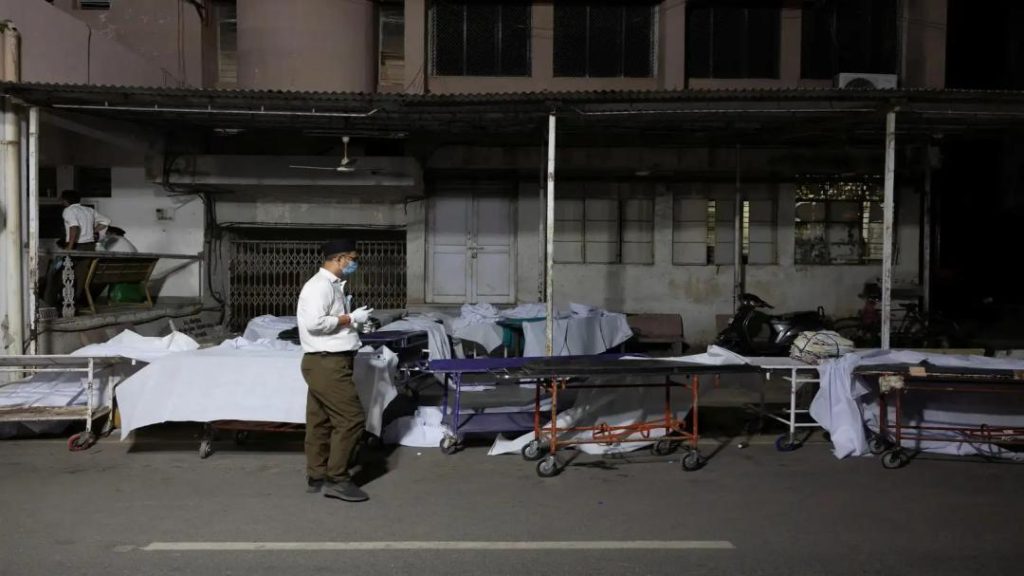
How are Air India plane crash victims being identified?
In the aftermath of a catastrophic plane crash, identifying the victims is a crucial and often challenging task. This process has been underway in Ahmedabad, where the Air India plane crash victims are being identified using DNA sampling. In this blog post, we will delve into the process of DNA sampling and how it is being used to identify the victims of the Air India plane crash.
What is DNA Sampling?
DNA (deoxyribonucleic acid) is a molecule that contains the genetic instructions used in the development and function of all living organisms. DNA sampling involves collecting and analyzing a person’s DNA to identify them. This process is often used in forensic science, particularly in cases where traditional identification methods are not possible or are compromised.
How is DNA Sampling Used in Identifying Plane Crash Victims?
In the case of the Air India plane crash, DNA sampling is being used to identify the victims. The process begins with collecting DNA samples from the remains of the victims. These samples can be taken from any part of the body, including bone or teeth, even in extreme conditions like high heat or explosions.
Once the DNA samples are collected, they are sent to a laboratory for analysis. The analysis involves comparing the DNA samples to a reference DNA provided by the victims’ close family members. This reference DNA is obtained through a simple cheek swab or a blood sample.
The DNA analysis involves several steps, including:
- DNA extraction: This involves extracting the DNA from the remains of the victims.
- DNA amplification: This involves amplifying the extracted DNA to make it possible to analyze.
- DNA profiling: This involves creating a unique DNA profile for each victim.
- Comparison: This involves comparing the DNA profile of the victim to the reference DNA provided by the family members.
How Accurate is DNA Sampling?
DNA sampling is a highly accurate method of identification. According to experts, the chances of two individuals having the same DNA profile are extremely low, making it a reliable method of identification.
In fact, a study published in the Journal of Forensic Sciences found that the probability of two individuals having the same DNA profile is less than one in a quadrillion. This makes DNA sampling an effective tool in identifying plane crash victims.
Challenges in DNA Sampling
While DNA sampling is a highly accurate method of identification, it is not without its challenges. Some of the challenges include:
- DNA degradation: DNA can degrade over time, making it difficult to extract and analyze.
- Contamination: DNA samples can be contaminated with DNA from other sources, which can affect the accuracy of the analysis.
- Reference DNA: Obtaining reference DNA from family members can be a challenge, especially in cases where the family members are not available or are unwilling to provide a sample.
Conclusion
The identification of plane crash victims is a complex and challenging process. DNA sampling is an effective tool in identifying victims, particularly in cases where traditional identification methods are not possible. While there are challenges associated with DNA sampling, the accuracy and reliability of the method make it a valuable asset in forensic science.
As the investigation into the Air India plane crash continues, the identification of the victims is a crucial step in bringing closure to the families of the victims. With DNA sampling, experts are working tirelessly to identify the victims and bring them back to their loved ones.
News Source:
Note: The news source provided is a video link, but since it’s not possible to include a video link in a blog post, I’ve included the link in the “News Source” section.






